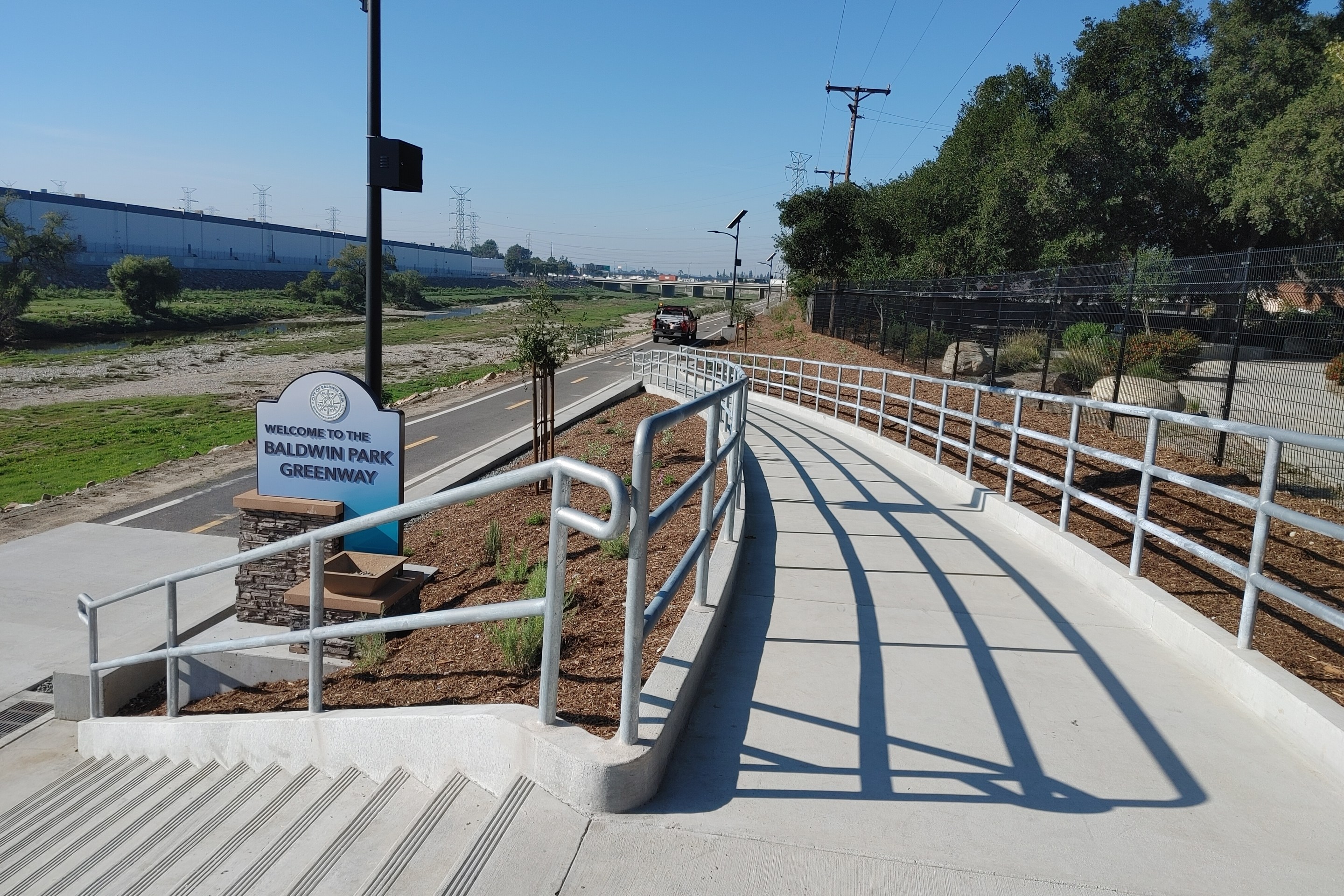 Too many American cities and towns are places where humans fear to tread. (Photo: =kryz= via Flickr)
Too many American cities and towns are places where humans fear to tread. (Photo: =kryz= via Flickr)A few months ago, we had a discussion in this space about the question of whether mobility is a basic human right.
Many commenters expressed concern that framing the issue this way was
counterproductive, leading to the impression that people in our society
should have the right to jet anywhere they want at a moment’s notice.
Here’s what commenter Mark Walker had to say then:
I would argue that we’re already hyper-mobile and need to reduce theneed for mobility by building walkable communities served by efficientand sustainable transit. Telling Americans mobility is a human right islike telling the morbidly obese that Doritos are a human right.
Several other commenters suggested reframing the argument to
emphasize "accessibility" rather than "mobility." And that’s exactly
what member blog A Place of Sense, in Indianapolis, is talking about today.
The blog’s author, Graeme Sharpe, writes that it can be instructive
to keep the Americans with Disabilities Act in mind when considering
how much access people have to the amenities and opportunities of their
towns and cities:
[T]he Americans with Disabilities Act of 1990, Title III,clearly defines universal accessibility as a right. Architecturalbarriers to access are not permitted in open establishments,transportation, or public places.
It is well known that the layout of a city shows the values of itscitizens. Seen through the lens of the ADA, our street design policiesare upside down. Accessibility is a prime concern for any new buildingproject, but other than a few laudable street designs (Cultural Trail!), most cities cede the public right-of-way to automobiles without a second thought.…
I’m not arguing for a city closed to traffic (which would present abarrier to access by itself), but certainly our cities need a betterbalance. If we believe that universal accessibility is a civil rightworthy of our highest levels of protection, then why are there barriersto access at nearly every street corner?
Why indeed? Why are so many of our towns and cities designed in
such a way that you need a car to cross a street safely (a situation I
experienced recently in Pahrump, Nevada)?
I personally have no problem with the term "mobility," if it is
understood as the ability to move about the public space safely and
freely. But whether you call it mobility or accessibility, people
should not be prisoners of municipal infrastructure that
disenfranchises anyone who is not driving an automobile — whether for
reasons of age, health, ability or personal choice.
More from around the network: Discovering Urbanism on the preference young families show for auto-dependent suburbs. Let’s Go Ride a Bike on evolving bike etiquette in a city (Chicago) with booming ridership. And Spacing Toronto on the politics of biking in that city.






